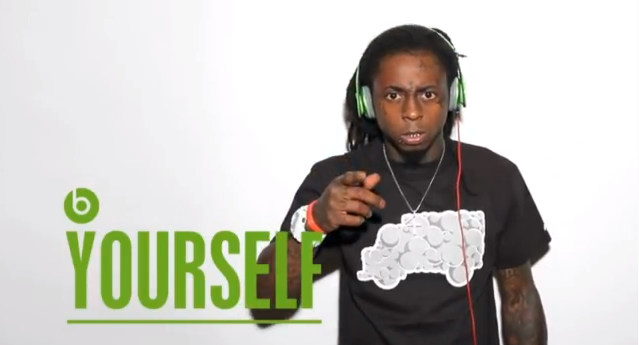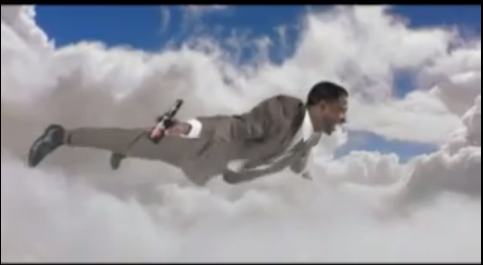Whenever I look at the world around me, I consistently see
people in the world acting in the same way. If I went to a high school across
the country, I would see people acting the same way and conforming to the same
cliques as they do here. People go through predetermined stages in their lives;
after graduation people almost invariably get stable professional jobs and
start families. Why is it that people’s lives in a confined space all play out
the same way?
I don’t know the full answer to this question, and I don’t
think anyone does, but the media has found a way they can use this phenomenon
to their advantage. Using the massive amount of clout peer pressure has on
people of all ages; they are able to manipulate social norms to make money. They
also study the emotional needs of individuals and exploit them as well. By
carefully studying people’s feelings, they create false associations in our heads
about their product. The most prominent of these needs they attempt to fulfill,
at least for those of my age, is the need for affiliation and attention. The
media tells us that we are the center of everything, that we are deserving of
all the products they display to us. They tell us we should be popular, an
individual, and be talented in ways we are not naturally. This creates people
whose only goal is to further their own wants, and who care nothing for the
situations of others.
One of the things I learned from this class is that the
media’s goal is to make us feel anxious. In this they are succeeding. Their
intent is to create emotional needs in people that their products supposedly
fill. But there are far more consequences of this than were intended. When
people become wrapped up in their own anxiety, they are far less likely to
consider the situations of others. School and other social environments become competitive
environments where everyone is trying to make sure that they are the most
liked, or that they are the best. Cooperation and empathy are lost when people’s
main goal is to better themselves in terms of what the media tells them is
good.
Personally, I have learned much about how to defend myself
from negative media influences from this class. The first step one must take to
avoid something is to recognize it. Things I had previously thought were just
innocent entertainment are actually conditioning children to become the optimal
consumer. Disney shows, teen magazines, and even some video games that I
thought were created solely for the wants of the consumer are also propagating
the media’s ulterior motive of product dependence.
In conclusion, the media has created, or at least catalyzed
a materialistic society that places emotional value on things like products and
social status rather than human interaction. Unfortunately, it seems the most
profitable form of society is one that is extremely individualistic and one
that teaches people to care only about themselves.
What is the solution? I don’t think Jennifer Newsom’s idea
of reregulating the media is enough. The damage has been done. A much better
solution is to educate children rather than sheltering them. Media literacy
courses are a much more effective solution than regulation, as it teaches kids
to recognize negative influences not only from media but also from their peers.


